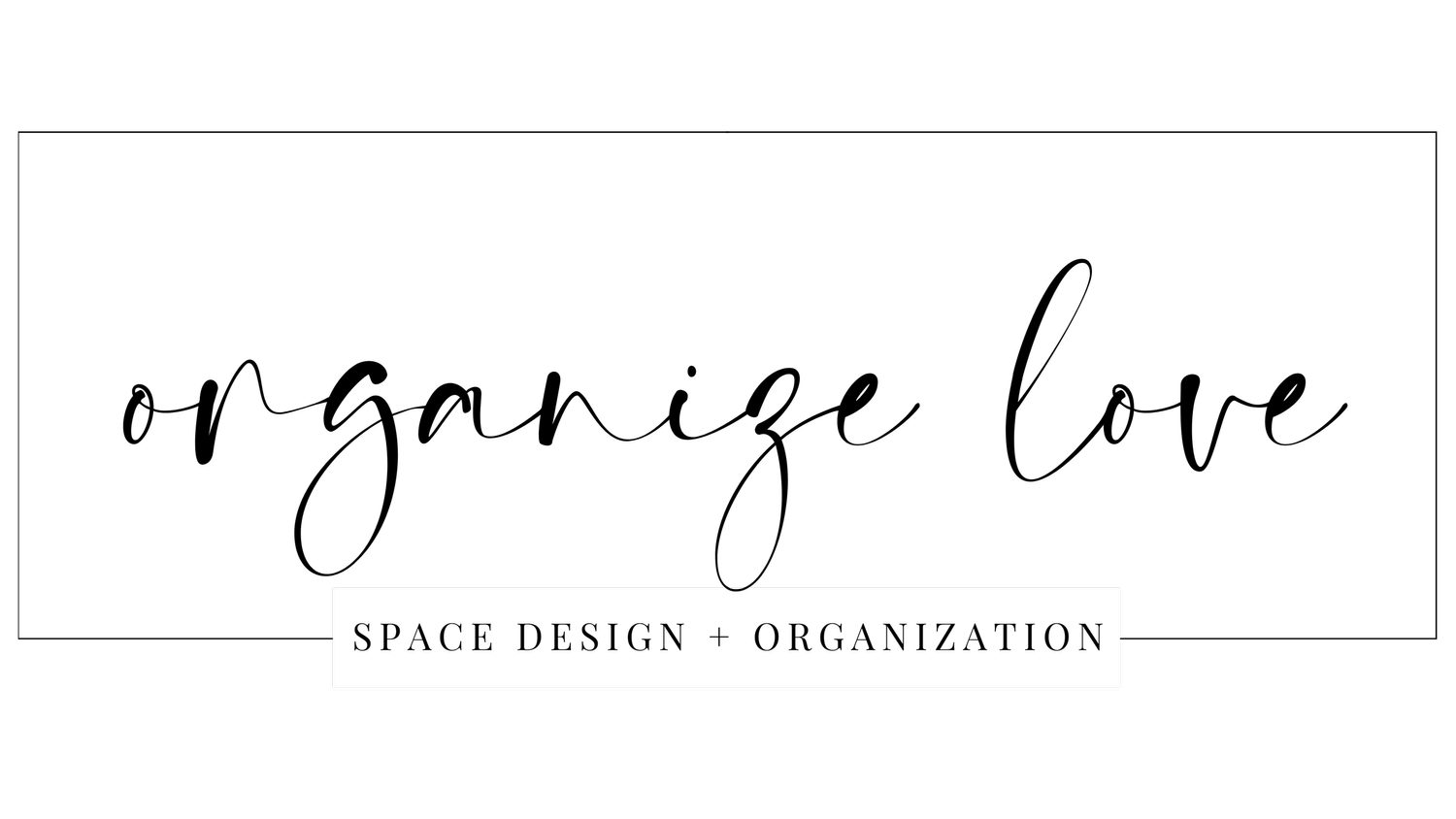4 Tips for (physical & digital) Paper Organization
Physical and digital paper organization are equally important — make sure you have tools to do both.
Don’t get me wrong, keeping paper can be important, but trust me when I say, there’s no way you need as much as you are probably keeping. As we continue to move forward in today's digital age, information is abundant and easily accessible, without all the paper. Managing the influx of papers, articles, and documents can quickly become overwhelming and taking time to get it under control isn’t on most people’s to do list.. at least no where near the top!
Having an effective paper organization system is essential to maintaining your sanity, productivity, and helps keep your house more organized. Here are a few tips that I have for you:
Embrace Digital Tools
Let’s be honest, you probably use a computer, tablet, or smart phone to access a lot of information already. Why not look into specific apps or tools that can really help you get things in order?
Note-Taking Apps: Platforms like Evernote, OneNote, and Notion offer versatile ways to organize and categorize your notes, articles, and research. Create separate notebooks or folders for different topics, projects, or classes to keep everything organized and in a place that’s easy to find.
Cloud Storage Solutions: Services like Google Drive, Dropbox, and iCloud allow you to store and organize documents in the cloud, accessible from any device. Create a folder hierarchy to mimic your physical filing system. This can be an overwhelming task to start, but trust me, each day you wait, there are more photos, emails, or other paperwork that gets added to the file. If you can’t get it all done in one sitting, break it up over a period of time that feels manageable.
Reference Managers: Tools like Zotero, Mendeley, and EndNote are designed to manage research papers, citations, and references. They can help you organize your academic resources and even generate citations in various formats.
Tagging and Labeling: Be Consistent
Whether you're organizing digital or physical papers, consistency is key. Tags and labels are powerful tools to enhance your organization system. They provide an additional layer of categorization that can make searching and retrieving documents easier. While creating this system, be sure to establish a clear folder structure that makes sense to you and stick to it. For digital documents, consider using a system like this:
Main Folders: Create main folders for broad categories such as Work, Personal, Education, etc.
Subfolders: Within each main folder, create subfolders for specific topics, projects, or classes.
Naming Conventions: Use descriptive names for folders and files. This will help you quickly identify the content of each item.
Regular Decluttering & Backing Up
Just like physical clutter can accumulate in your living space, digital clutter can build up in your folders and apps. Set aside time every few months to declutter and review your documents. Delete or archive items you no longer need, and ensure that everything is still categorized correctly. At this time, it’s important to back up any important documents. Everyone has a story about the time they were working on something very important and that’s the time that there was some sort of electronic failure and all that work was wasted. Don’t let that happen! Regularly backing up important information keeps you safe from loss due to hardware failure, accidents, or cyber threats. Regularly back up your files to an external hard drive or a cloud storage service to ensure your hard work is never lost.
Physical Paper Organization
While digital solutions are becoming increasingly popular, physical documents still have a place in our lives. To organize physical papers effectively:
Use a filing system that makes sense in your space but also offers functionality and efficiency. It’s hard to be tricked into folders or systems that are cute… Take a good look at them— are they also functional? Do you have more paperwork than they can hold? Or is it a giant file cabinet that you have and decide to use, but really you need something 1/3 of the size? This is how excess paperwork accumulates. Invest in something with dividers or the ability to categorize and store your documents and label each section clearly.
Color Coding: Assign specific colors to different categories. For example, red folders could be for work-related documents, blue for personal, and green for education.
File Regularly: Don't let physical documents pile up. Set a routine to file papers as soon as you receive them.
We are indeed in the age of information overload. Being able to maintain a well-organized paper management system is crucial. Whether you're dealing with digital documents or physical papers, having a consistent structure, leveraging digital tools, and regularly decluttering will help you stay on top of your information. Remember that the goal of paper organization isn't just neatness; it's creating a system that offers you peace of mind in knowing your documents are safe and secure as well as easy access and efficiency when you need specific information.

